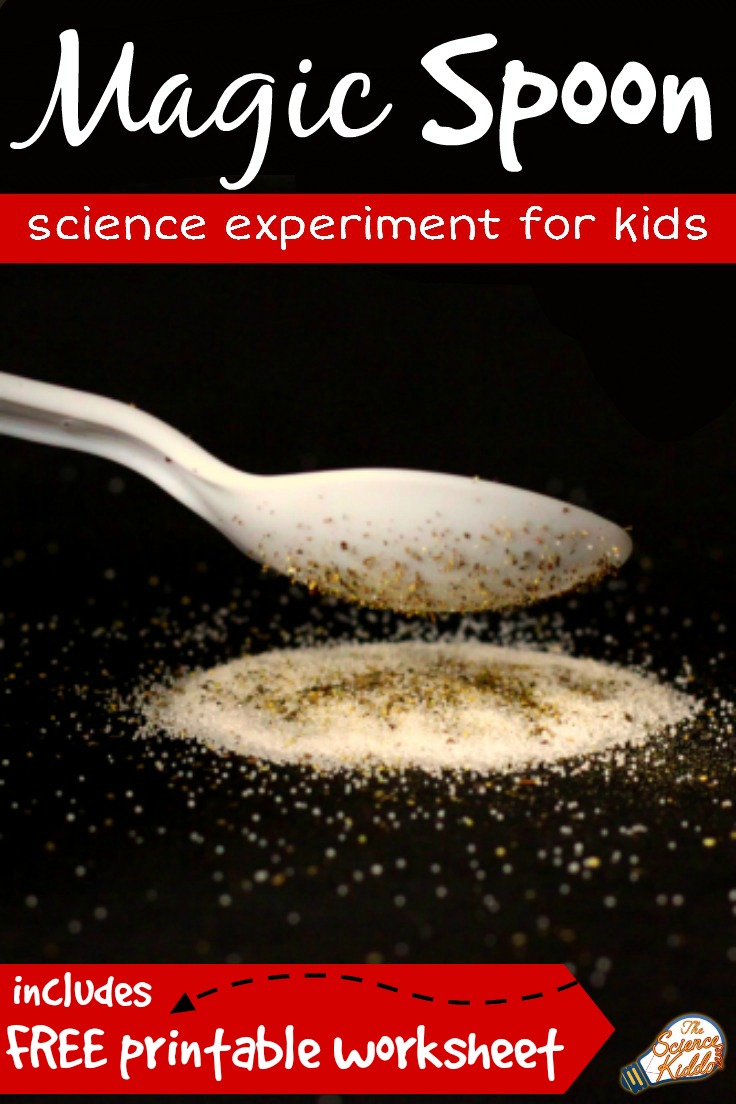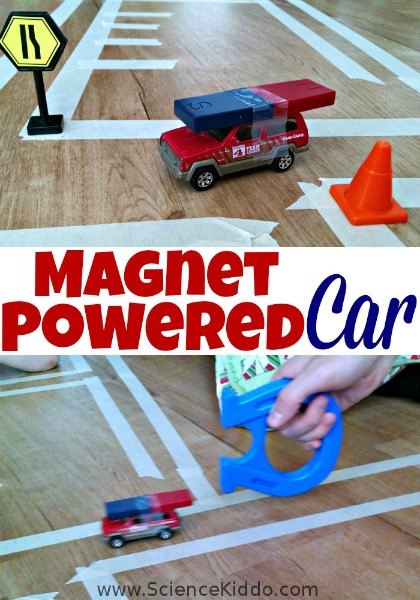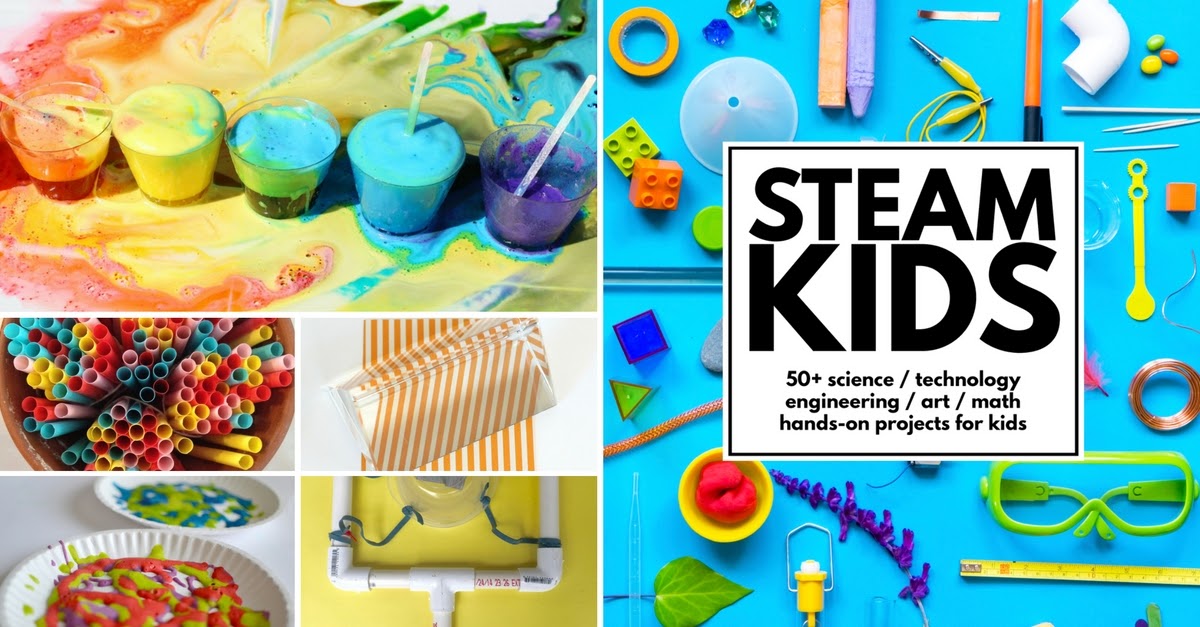Doing simple science experiments is a great way to get students excited and interested in new topics. There are so many quick and easy experiments to do with static electricity, but using a plastic spoon to separate salt and pepper is one of the best. It’s among our most magical and surprising kitchen science experiments yet!
Getting Ready
This science experiment is so simple and easy to set up. We already had all the supplies available in the kitchen! This is what we gathered:
- 1 Teaspoon salt
- 1 Teaspoon pepper
- Plastic spoon
- Dish cloth
- Printable Magic Spoon worksheet (available below)
We carefully sprinkled a small pile of salt and pepper on a black piece of paper so we could see it well. With that one simple step we were ready to go!

Separate Salt and Pepper Using Static Electricity
I asked the kids if there was a way we could separate salt and pepper again. They had some very creative and elaborate ideas, but ultimately they couldn’t think of a simple way to do it.
I gave them a hint by reminding them of when we used a balloon to make tissue paper cupids fly. Aha! The light bulb turned on. Static electricity was the answer!
We rubbed the plastic spoon on the dish cloth for about 10 seconds and then held the rounded end up to our salt and pepper mixture. As if by magic, a few particles jumped from the paper up to the spoon! The kids were delighted.

We experimented with our magic spoon by rubbing it in different directions against the cloth and holding it at different angles over the salt and pepper mixture. We discovered that both salt and pepper are attracted to the static spoon, but pepper is lighter. This makes it jump first and cling longer to the spoon.
The kids recorded their observations and findings on their worksheet and then wanted to experiment some more to separate salt and pepper. It was awesome!
Free Magic Spoon Printable
Be sure to click below to download a free printable worksheet to go along with this science experiment!

Origami Science : Air Foils from Little Bins for Little Hands
Preschool STEM from Preschool Powol Packets
Family STEAM Night from Share It! Science







thank you
Pretty interesting- Thank you
My grandson and I are going to try the Magic spoon.